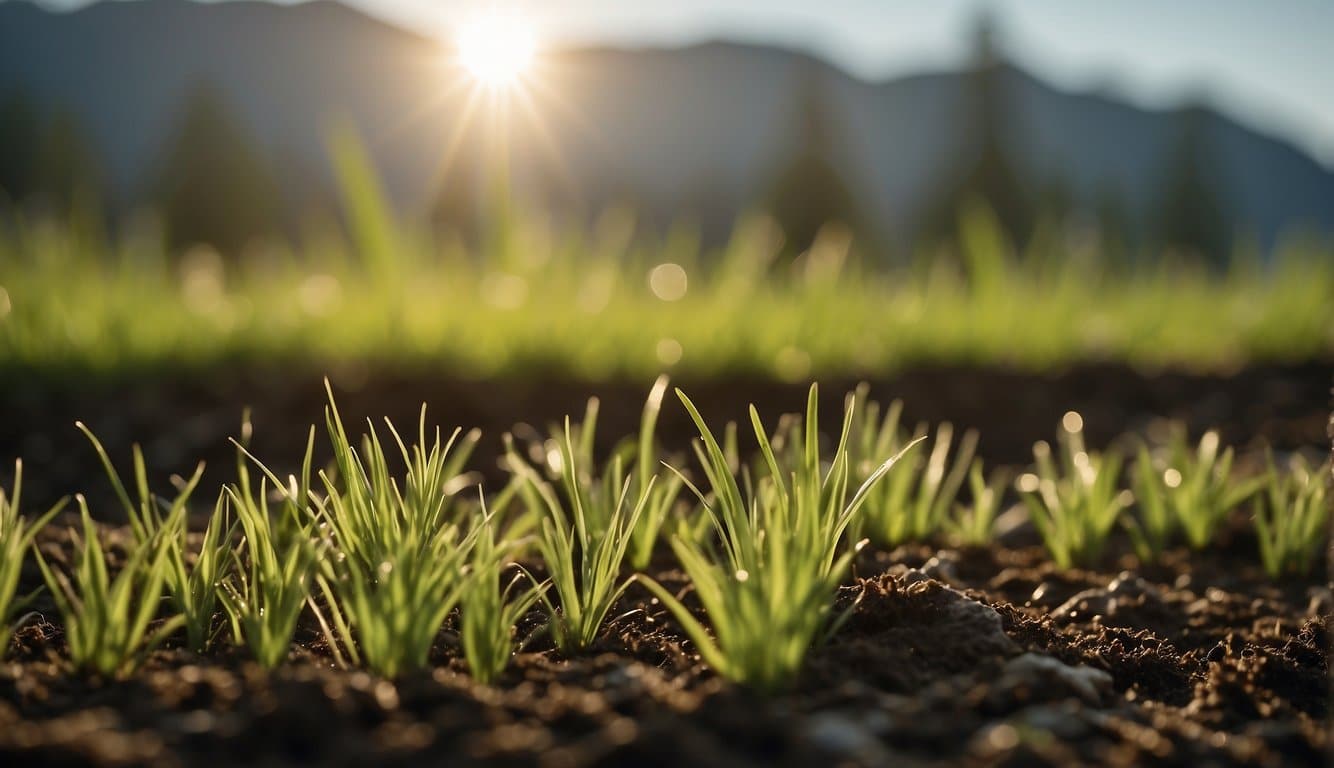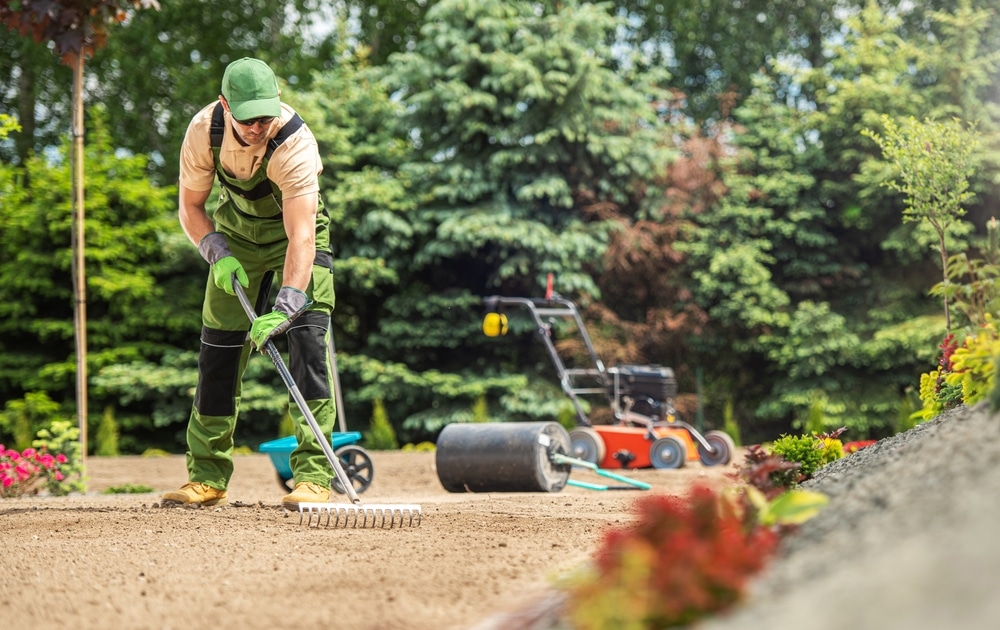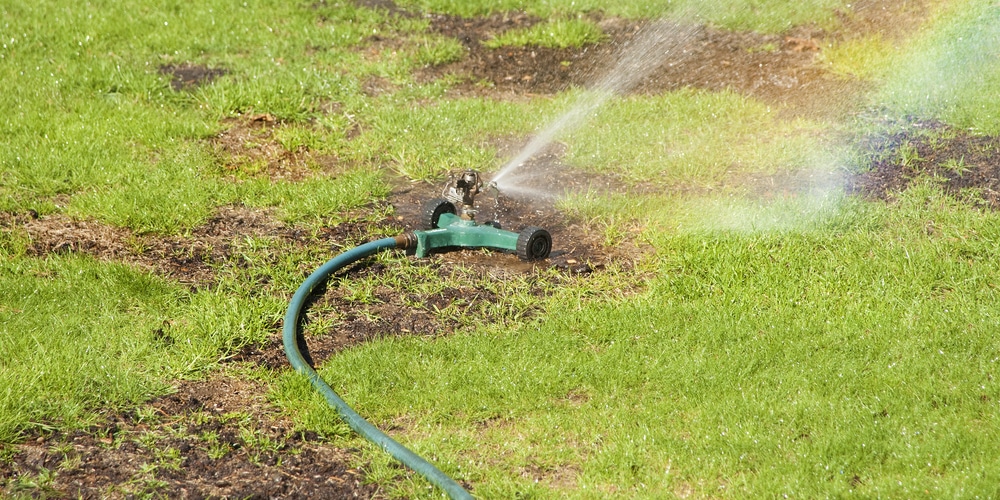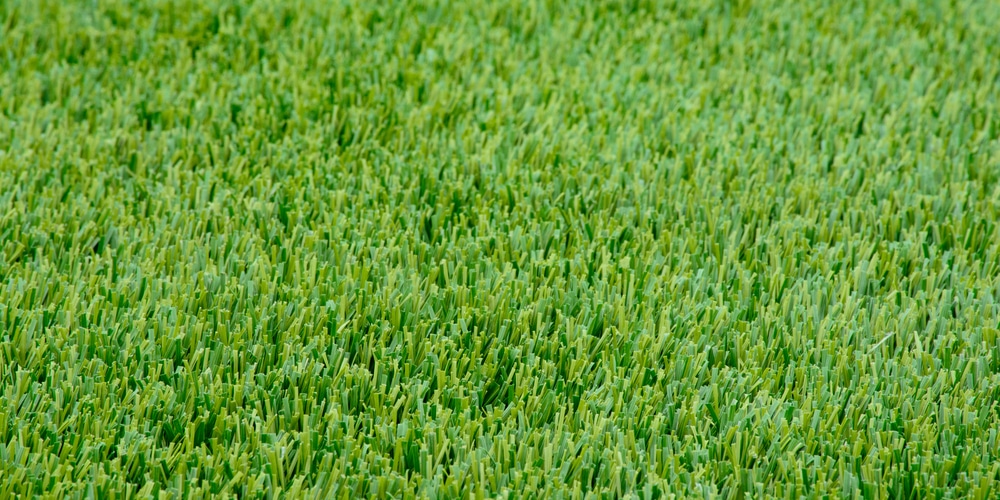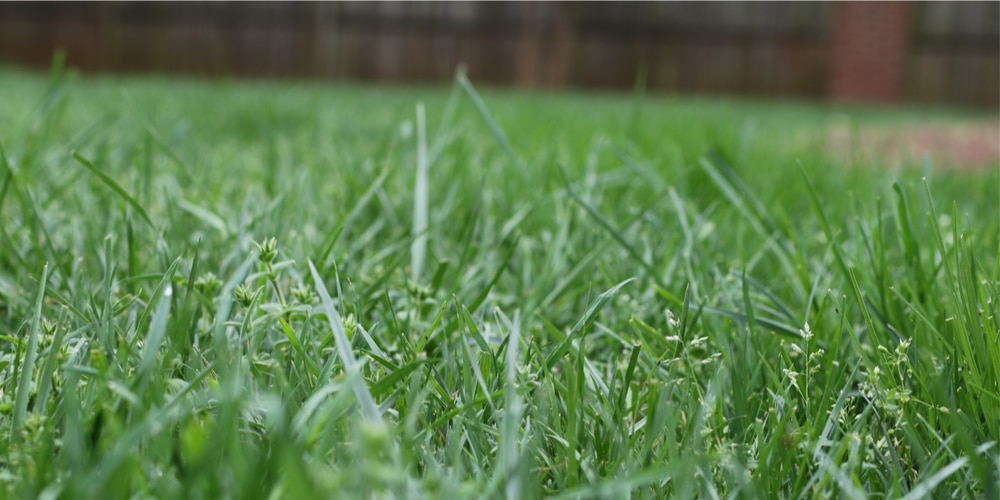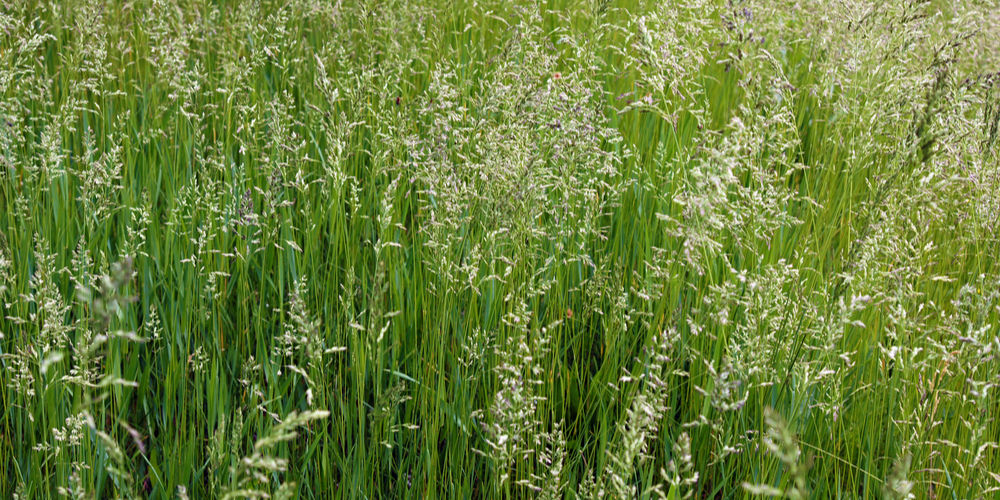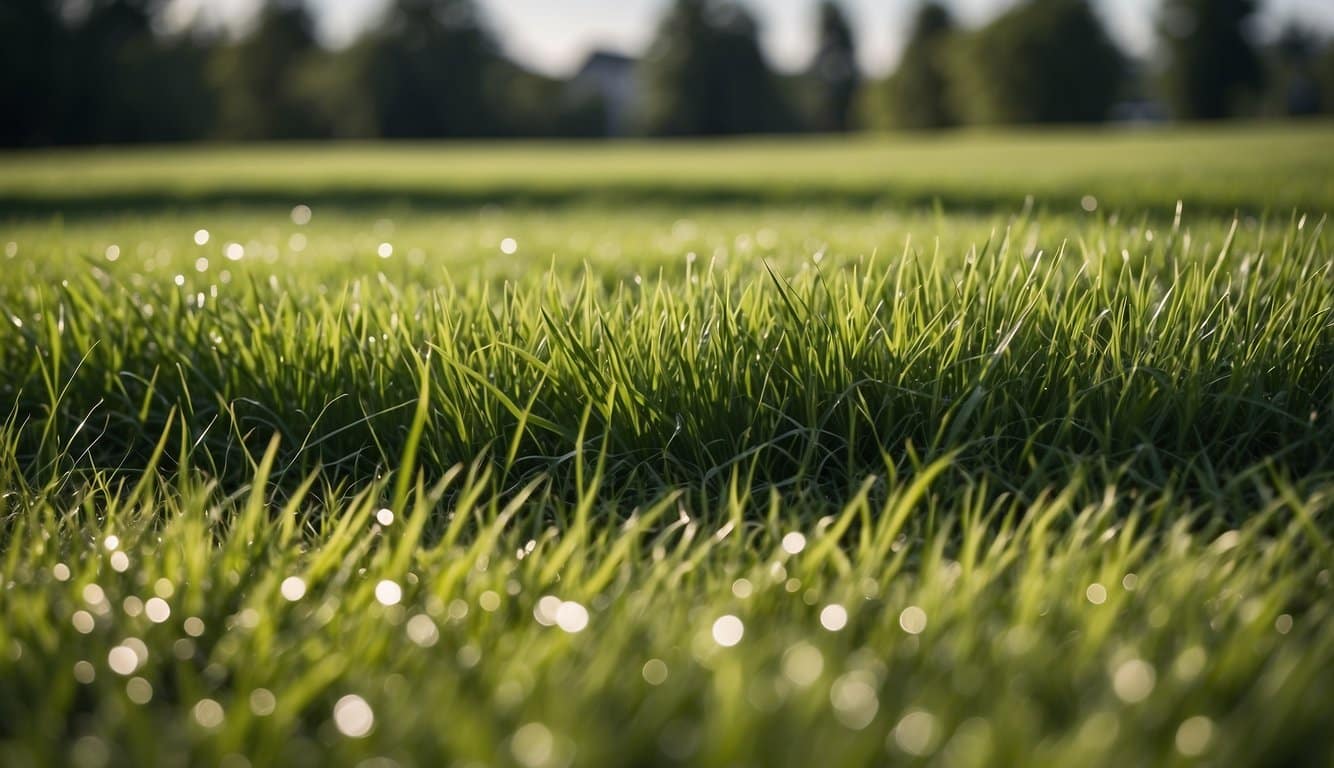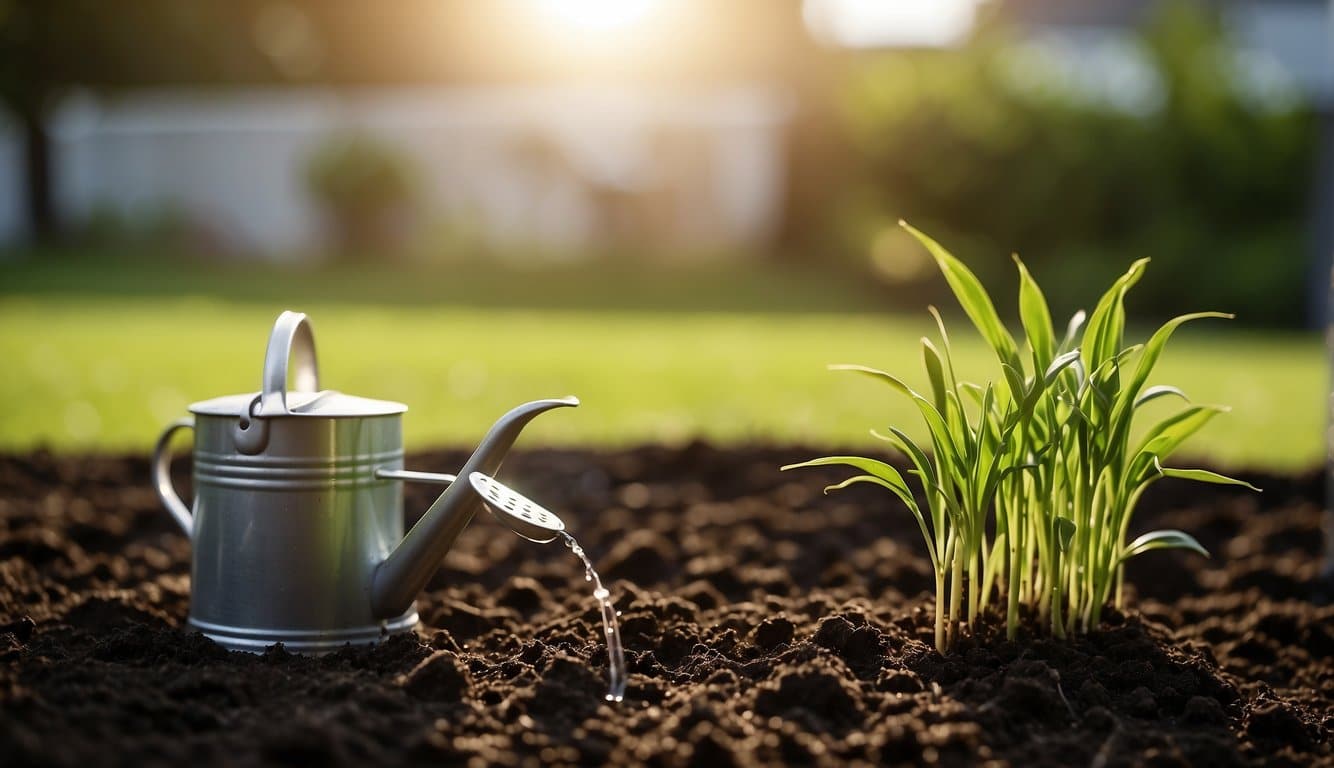Planting grass in Washington State requires a good understanding of the regional climate and soil conditions. Timing is critical for successful grass seed germination and establishment.
In Washington, the best window for sowing grass seed is typically between late August and early October. This period allows grass seeds to take advantage of the warm soil temperatures, consistent moisture, and the reduced competition from weeds that often come with fall conditions.
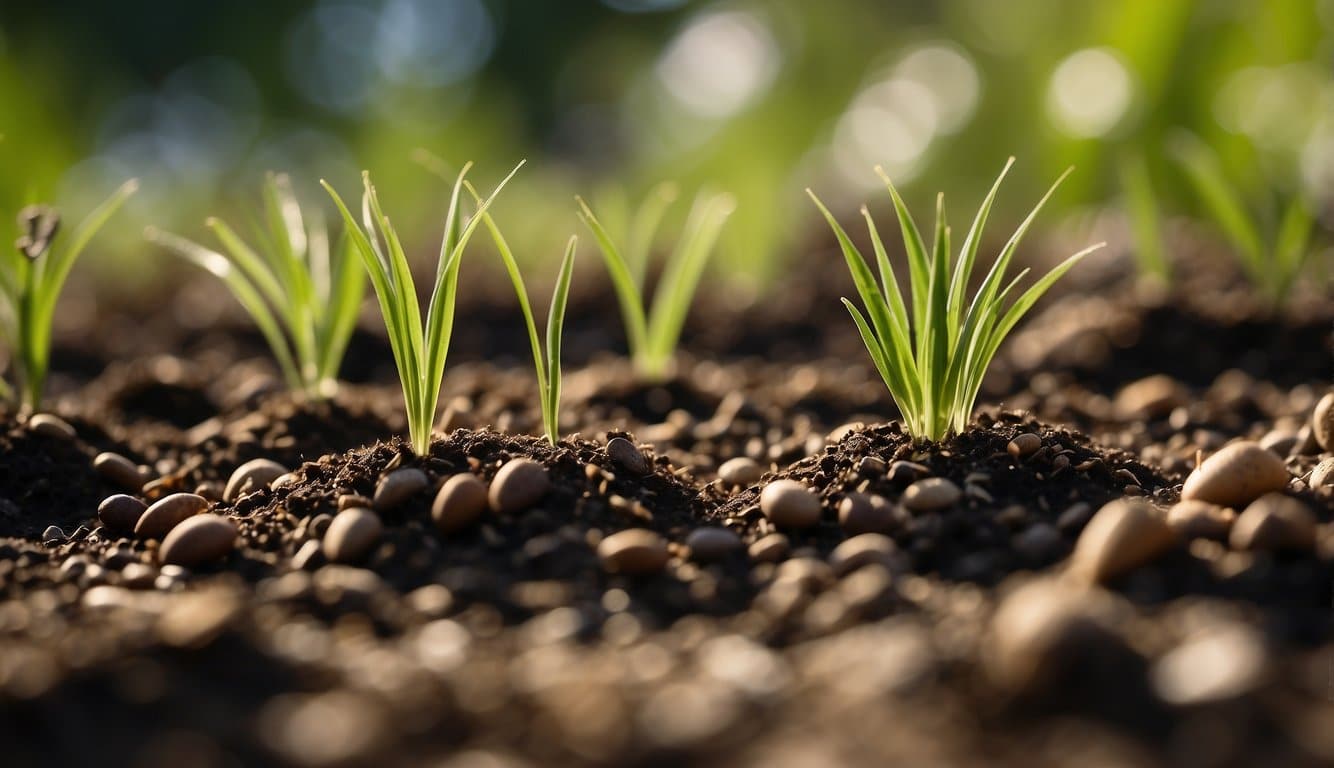
Proper soil preparation is just as important as timing. Ensuring the soil is fertile, well-aerated, and free of debris provides the best environment for grass seeds to thrive.
Choosing the right type of grass seed is another crucial factor that can influence the success of a lawn. It’s important to select a grass species that is well-suited for Washington’s climate and that can handle the specific conditions of the planting site.
Key Takeaways
- Late August to early October is optimal for planting grass seed in Washington.
- Soil preparation is key for successful grass germination and establishment.
- Selecting the appropriate grass variety is crucial for a healthy lawn.
Best Planting Times for Grass in Washington State
Choosing the right time to plant grass in Washington State is crucial for ensuring a lush, healthy lawn. The region’s varied climate means timing varies based on specific local conditions.
Regional Considerations
Western Washington: The mild, moist climate of Western Washington favors grass seed planting in early fall. This timing allows grass to establish before winter, and it is recommended to select grass species like fine fescue or perennial ryegrass that are suited to this area’s conditions.
Eastern Washington: In contrast, Eastern Washington’s colder and drier climate means that late spring is the optimal seeding time. Grass types recommended for this area include turf-type tall fescue and Kentucky bluegrass, which are well adapted to the conditions.
Optimal Seasons for Seeding
Spring Seeding:
- Advantages: Consistent moisture and warming temperatures aid in seed germination.
- Disadvantages: Potential for weed competition and summer heat stress.
Fall Seeding:
- Advantages: Ideal for root development with cooler temperatures and reduced weed competition.
- Disadvantages: Sudden cold snaps may affect establishment.
By paying attention to the climate patterns of their specific region within Washington State, gardeners can optimize the success of their new grass lawns.
Soil Preparation for Grass Planting
Preparations for planting grass in Washington State begin with the proper conditioning of the soil. Ensuring the soil is tested and adequately aerated forms the groundwork for robust grass growth.
Soil Testing
Before planting grass, one should test the soil to determine its pH level and nutrient composition. A soil with a pH between 6.0 and 7.0 is ideal for most grass types.
Testing kits are available for purchase, or samples can be sent to local extension offices for analysis. The results will guide the necessary adjustments in soil composition:
- If the soil is too acidic (pH below 6.0): Apply lime to increase pH.
- If the soil is too alkaline (pH above 7.0): Incorporate sulfur or aluminum sulfate to decrease pH.
- Nutrient deficiencies: Apply fertilizers based on the nutrients lacking, which are often indicated by the soil test.
Tillage and Aeration
Grass roots require oxygen to thrive, making tillage and aeration critical steps in soil preparation. Tillage loosens compacted soil, which is vital for root growth and water infiltration.
- Aeration: Should be performed using an aerator that removes small plugs of soil. This process is beneficial for relieving soil compaction and allows air, water, and nutrients to penetrate the soil more effectively.
Selecting the Right Grass Seed
Choosing the correct grass seed is crucial for a healthy and lush lawn in Washington State, factoring in the region’s varying climate and conditions.
Grass Types for Washington Climate
Western Washington: Given its moderate climate and plentiful rainfall, turf-type perennial ryegrasses, fine-leaved fescues, and bentgrasses are preferable for Western Washington regions. These varieties are appreciated for their quick establishment and aesthetic appeal.
- Ryegrass: Quick germination, ideal for overseeding
- Fine-leaved Fescues: Adaptable to shade and low maintenance
- Bentgrass: Creates dense, carpet-like lawns, commonly used in golf courses
Eastern Washington: In contrast, the more arid and extreme conditions of Eastern Washington are conducive to Kentucky bluegrasses and fine-leaved fescues due to their drought tolerance and hardiness.
- Kentucky Bluegrass: Recovers well from damage, enjoys full sun
- Fine-leaved Fescues: Thrives in poor soil conditions, requires less water
Shade Tolerance and Sun Exposure
Selecting grass types according to sun exposure and shade tolerance is essential for success.
- Full Sun: Grasses like Kentucky bluegrass thrive in full sun and require at least 6 hours of direct sunlight daily.
- Partial Shade: Fine-leaved fescues excel in partial shade, requiring 4 to 6 hours of sunlight.
- Dense Shade: While challenging for lawn growth, certain fescue species adapt better to reduced light conditions.
Top 5 Grasses That Do Well in WA
1. Perennial Ryegrass
- Best for: Both Western and Eastern Washington.
- Why: It establishes quickly, has a fine texture, and can tolerate both the wet conditions of the west and the cooler, drier conditions of the east. Perennial Ryegrass is known for its rapid germination, wear resistance, and ability to create a dense, green lawn.
2. Fine Fescue
- Best for: Primarily Western Washington, but can also do well in shaded or less irrigated areas of Eastern Washington.
- Why: Fine Fescue varieties, including Creeping Red Fescue, Chewings Fescue, and Hard Fescue, are shade-tolerant and require less water and fertilization, making them suitable for the cooler, shaded, and moist areas common in western parts of the state.
3. Tall Fescue
- Best for: Both Western and Eastern Washington.
- Why: Tall Fescue is drought-tolerant and can handle heat, making it a good choice for areas with less consistent rainfall or for those looking to reduce their watering needs. Its deep root system helps it access water from deeper in the soil, contributing to its drought resistance.
4. Kentucky Bluegrass
- Best for: More suitable for Eastern Washington due to its need for full sun and tolerance to temperature extremes.
- Why: Kentucky Bluegrass creates a lush, dense lawn with a fine texture and has excellent cold tolerance, making it a good choice for the colder winters of Eastern Washington. However, it requires more maintenance, including regular watering and fertilization, to keep it looking its best.
5. Bentgrass
- Best for: Specialized use in Western Washington for golf course greens or lawns that desire a very fine texture.
- Why: Bentgrass is highly tolerant of wet conditions and can create a very smooth, carpet-like lawn. It requires intensive maintenance, including frequent mowing and fertilization, making it less suitable for general lawn use but ideal for specific applications like golf greens.
Post-Planting Care
Proper care following the planting of grass seed is crucial for a thriving lawn. This care includes specific watering practices and fertilization, as well as routine maintenance measures to ensure the best possible outcome for new grass growth.
Watering Guidelines
Watering Newly Planted Grass Seed:
- Initial watering should be light and frequent to keep the top inch of soil consistently moist but not waterlogged.
- Once seeds have germinated, gradually reduce the frequency of watering but increase the depth, encouraging deeper root growth.
Established Grass Watering Needs:
- 1 to 1.5 inches of water per week, either from rainfall or irrigation.
- Watering should occur early in the morning to reduce evaporation and fungal growth.
Fertilization and Maintenance
Fertilization after Planting:
- The first fertilization should occur 6 to 8 weeks after the seeds have germinated.
- Use a balanced, slow-release fertilizer to provide nutrients without burning the young grass.
Ongoing Maintenance Highlights:
- Mowing: Begin mowing when the grass reaches 3 inches in height, cutting it down to 2 inches, and never removing more than one-third of the blade length at a time.
- Weed Control: Address weeds before they mature and produce seeds, ideally by physical removal or the use of pre-emergent herbicides tailored for new lawns.
Frequently Asked Questions
These FAQs provide specific insights into the optimal grass planting and lawn care practices tailored to Washington State’s unique climate.
What month should I start planting grass in Washington State?
In Washington State, the best months to start planting grass seed typically range from late March to April when daily average temperatures rise above 50 F (10 C).
What is the best time of year to overseed a lawn in the Pacific Northwest?
Overseeding a lawn in the Pacific Northwest is generally most successful during fall when the soil is still warm, promoting seed germination, and the cooler temperatures reduce the stress on new grass shoots.
Which grass seed varieties are most suitable for the climate in Western Washington State?
For Western Washington State, grass seed varieties such as Perennial Ryegrass, Fine Fescue, and Tall Fescue are most suitable due to their ability to thrive in the mild, moist climate of the region.
How does the climate in Washington State affect the timing of lawn maintenance activities?
Washington State’s climate, with its wet winters and dry summers, dictates that lawn maintenance activities like fertilizing and aeration should align with grass growth stages, generally commencing in spring and early fall.
When is the ideal window for dethatching a lawn in Washington State?
Dethatching a lawn in Washington State is ideally done in early spring or fall when the lawn is actively growing, which allows for quick recovery of the grass.
How should one prepare the soil for planting grass seed in Washington’s varying climates?
Preparing the soil in Washington’s climate involves removing weeds. After that, you should test and amend the soil to improve its structure and fertility. Also, ensure proper soil moisture before planting grass seed. Watering should be done carefully to keep the seedbed moist without causing erosion or runoff.
Last update on 2025-06-06 / Affiliate links / Images from Amazon Product Advertising API



